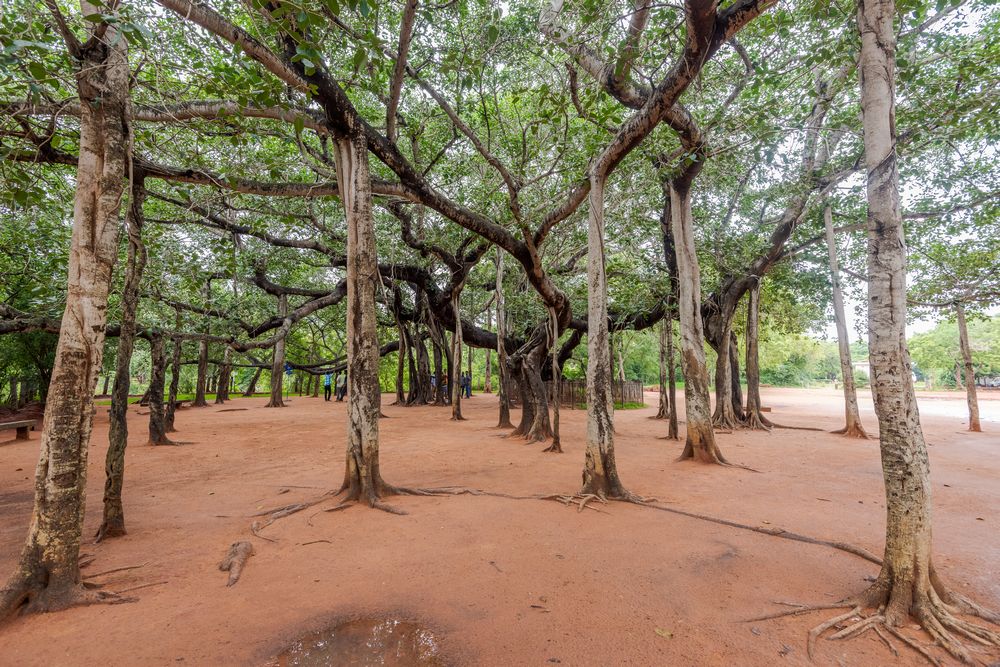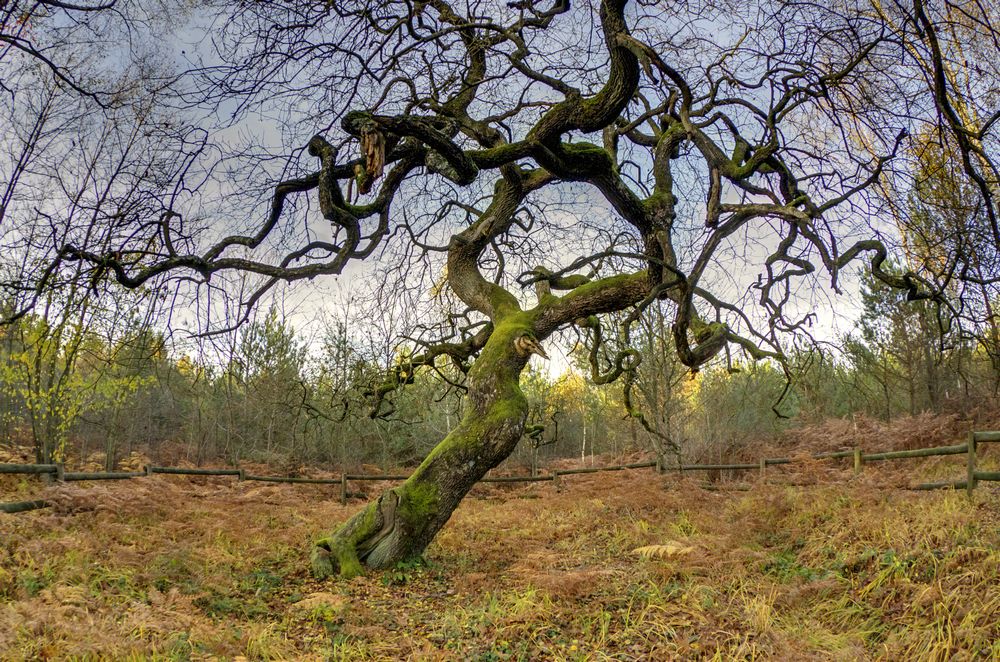5 remarkable tree species with extraordinary properties
On Earth, there are approximately 100,000 different species of trees. And the very least one can say is that some are really odd!

On Earth, there are approximately 100,000 different species of trees. And the very least one can say is that some are really odd! To give you some landscaping ideas or quite simply for the pleasure of something pretty to look at, we highlight five remarkable tree species with extraordinary properties.
Read also: Where is the world at with reforestation projects?
The Socotra dragon blood tree (Dracaena cinnabari)

This rare tree endemic to the small island of Socotra (Yemen) developed in total autonomy when the island cut itself off from the African continent several million years ago. Its odd “umbrella” shape evolved to draw water from fog and gives a quasi-extraterrestrial atmosphere to the mountainous regions in which it grows!
But in addition to the odd look of this monocotyledon arborescent plant, the Socotra dragon blood tree is also remarkable for its red resin known as “dragon's blood” which had great commercial value during the Antiquity due to its medicinal properties and its use for coloring. Today threatened by ground drainage, the Socotra dragon blood tree is classified as a vulnerable species. Sensitive to cold, it flourishes around the Mediterranean, for example in Madeira and the Canaries.
The rainbow eucalyptus (Eucalyptus deglupta)

Originating in the Philippines, this remarkable tree, a member of the Myrtaceae family, has a highly colored trunk which makes it stand out in forests. Some think it is one of the most beautiful trees in the world! Throughout its life, its bark detaches in long strips, revealing its trunk which changes color over time. Initially pale green, it darkens with age, becoming blue, purple, orange and finally brown.
On the 900 existing eucalyptus species, it is the only one not to produce essential oil. On the other hand, it is in great demand for the manufacturing of paper pulp. It has been successfully introduced into several geographical zones like Hawaii where it has become a real tourist attraction. An extraordinary tree that we are not likely to see in Europe as it dies at under 2°C!
The Indian banyan (Ficus benghalensis)

In our temperate regions, this kind of Ficus is better known as a house plant, appreciated for his big leaves. However, in the tropical zones of Asia, from where it originates, this atypical tree can grow up to 25 m in height with a canopy of over 100 m in diameter! It is a strangler fig which starts out as an epiphyte plant and ends up choking its support tree.
Its specificity lies in its life cycle as it can start growing in the ground while developing aerial roots and transforming them into trunks, unlike all other species of Strangler Fig trees. The most impressive Indian banyan is in the botanical gardens in Howrah (India). It has a circumference of 412 m, which makes it the thickest tree in the world.
Discover the oldest gardens in the world which still exist today
The dwarf beech (Fagus sylvatica "Tortuosa")

A spontaneous genetic mutation, consanguinity between two Red beeches or adaptation to its environment? The mystery surrounding the origins of the architecture of this tortuous plant cultivar is as yet unsolved. This remarkable, rare, tree (there are only a few thousand specimens), the branches of which shoot out in all directions to form a dome, can only be found in Northern Europe, mainly in France in the national forest of Verzy.
Although highly resistant to cold, it reproduces with difficulty as its seeds are usually sterile. It prefers the technique of natural layering – dropping its lowest branches to the ground to create new shoots. This spectacular tree is most often seen in parks and gardens and is at home in every kind of soil – as long as they are not too wet.
Grandidier's baobab (Adansonia grandidieri)

Probably the best-known tree in this list thanks to the incredible “Baobab Alley” in Madagascar, Grandidier’s Baobab tree is the most imposing Adansonia of all. It can reach 30 m in height, 7 m in diameter and live for 2,000 years. It is the only tree that can regenerate its bark.
Of course, the first thing you notice is its columnar trunk which enables it to store over 3,000 liters of water! It is crowned with flattened branches. But when it loses its leaves in winter, it seems to be planted upside down. Today threatened with extinction, it is nevertheless easy to grow in a pot provided the drainage is adequate.
To create unusual new landscapes and protect biodiversity, think of rare trees! At Paysalia you can meet a host of nursery gardeners to help you with your choices.
Visit Paysalia, the leading trade exhibition for landscaping
Are you a nursery gardener? Come and show your plants!
© Photos credits: Dragonnier de Socotra - Javarman / Adobe Stock
Eucalyptus arc-en-ciel - Nitiphol / Adobe Stock
Figuier des banians - Robert Ruidl / Adobe Stock
Hêtre tortillard - Marc Meinau / Adobe Stock
Baobab de Grandidier - Ivan Lenoble / Adobe Stock

